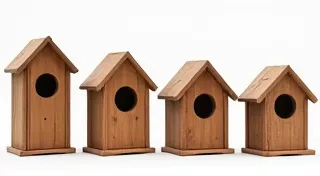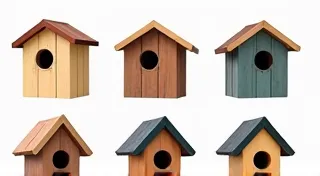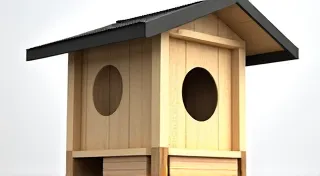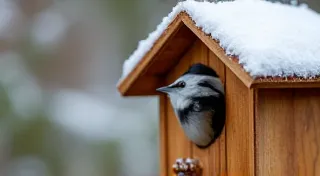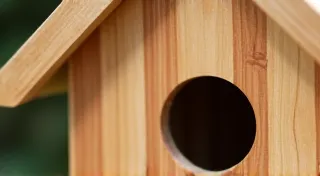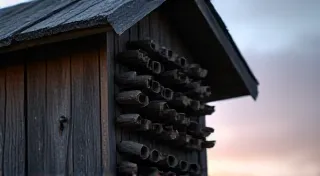Woodworking Tips for Building Bird Houses: Accuracy and Safety
Building bird houses is a rewarding DIY project. Not only do you create beautiful structures for your feathered friends, but you also get to exercise your woodworking skills. However, crafting bird houses that are both durable and safe for the birds requires more than just a basic understanding of wood and tools. This article focuses on essential woodworking tips, prioritizing accuracy and safety – crucial elements for a successful and bird-friendly build.
Planning & Design: The Foundation of Accuracy
Before you even pick up a saw, careful planning is vital. Your bird house design significantly impacts the accuracy needed throughout the build. Consider these points:
- Detailed Plans: Use or create very detailed plans. This minimizes guesswork and ensures accurate cuts. Accurate dimensions avoid gaps that can let in rain or predators.
- Material Selection: Choose wood that's stable and easy to work with. Pine, cedar, and redwood are common choices. Avoid pressure-treated lumber, as the chemicals can be harmful to birds.
- Joinery Considerations: The joinery (how pieces fit together) is key. Simple butt joints are fine for smaller houses, but for larger, more complex designs, consider using rabbets, dadoes, or even mortise-and-tenon joints for increased strength and stability. Accurate cutting is essential for tight, strong joints.

Cutting with Precision
Accurate cuts are the bedrock of a well-built bird house. Even slight errors can accumulate and compromise the final product. Here are some essential cutting techniques:
- Measure Twice, Cut Once: This mantra is crucial. Always double-check your measurements before making any cut.
- Sharp Tools: Dull tools require more force, increasing the risk of slips and inaccurate cuts. Keep your saw blades sharp and your chisels honed.
- Clamping: Secure the wood firmly with clamps before cutting. This prevents movement and ensures clean, straight cuts.
- Saw Selection: The right saw for the job matters. A hand saw is fine for smaller projects, but a power saw (circular saw, miter saw) offers greater accuracy and speed for larger, more complex cuts.
Joining Techniques: Strength and Stability
How you join the pieces of your bird house together directly impacts its durability. Accurate joinery is key.
- Dry Fit: Before applying glue and fasteners, dry-fit all the pieces to ensure a perfect fit. Make any necessary adjustments.
- Wood Glue: Use a waterproof wood glue specifically designed for exterior use. Apply a thin, even layer to all joining surfaces.
- Fasteners: Screws are generally preferred over nails for their holding power. Predrill holes to prevent the wood from splitting.
- Clamping: Use clamps to hold the pieces securely while the glue dries.
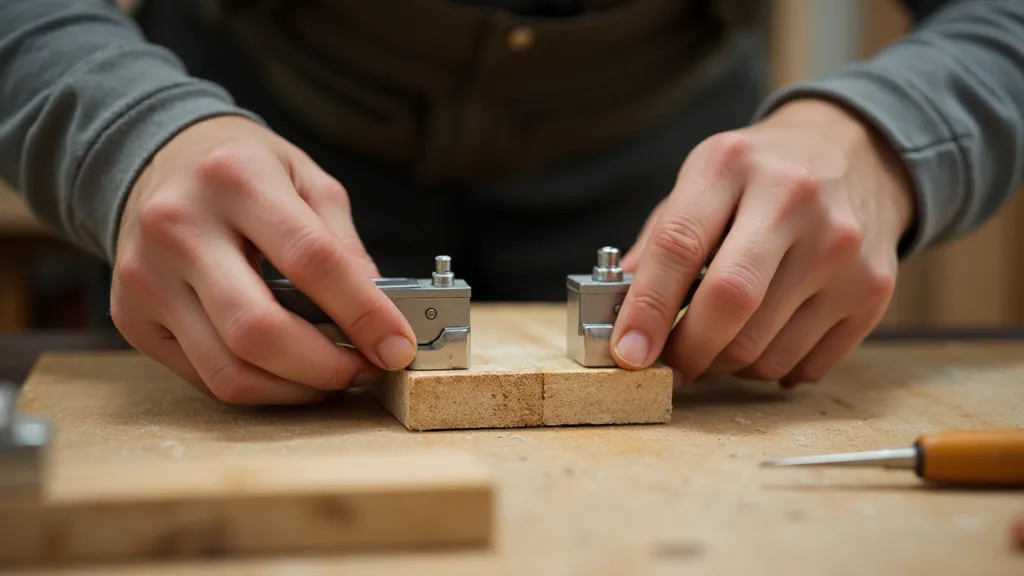
Safety First: Protecting Yourself and the Birds
Woodworking involves potential hazards. Prioritizing safety is paramount for protecting yourself and creating a safe environment for the birds.
- Eye Protection: Always wear safety glasses or goggles to protect your eyes from flying debris.
- Hearing Protection: Power tools can be noisy. Wear earplugs or earmuffs to prevent hearing damage.
- Dust Mask/Respirator: Sawing and sanding wood can create fine dust particles. Wear a dust mask or respirator to protect your lungs.
- Proper Ventilation: Work in a well-ventilated area to avoid inhaling harmful fumes from glue, finishes, or wood preservatives.
- Bird-Safe Finishes: If you choose to finish the bird house, use non-toxic, bird-safe paints or stains. Allow the finish to fully dry and cure before putting the bird house up.
- Avoid Perches: Contrary to popular belief, perches below the entrance hole are detrimental to birds, as they allow predators easier access to the nest.
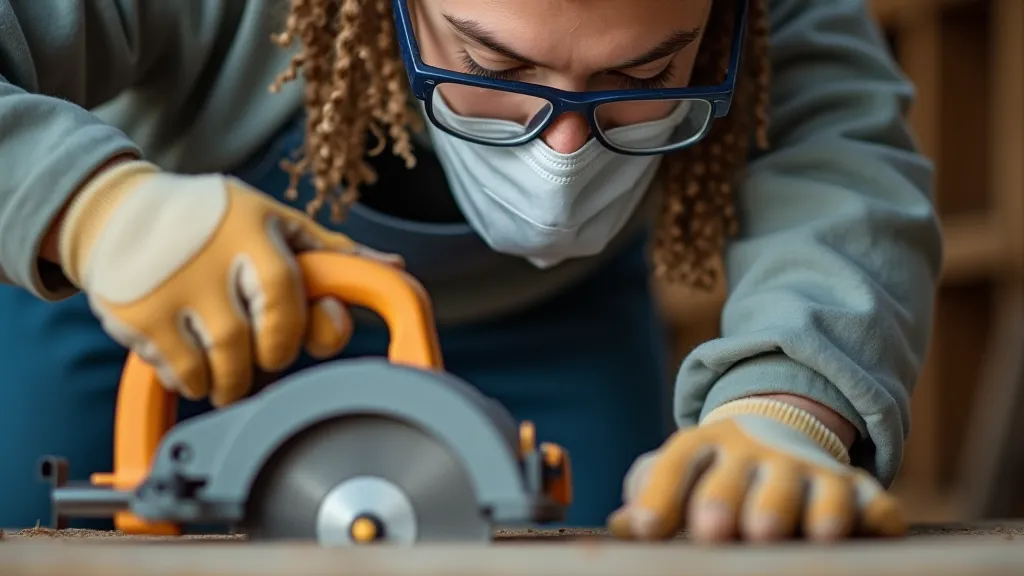
Finishing Touches and Long-Term Care
After assembly, consider a final check for any rough edges or potential hazards. Regularly inspect and maintain your bird houses to ensure they remain safe and inviting for your feathered guests. Cleaning out old nests annually is also crucial for promoting hygiene and preventing the spread of disease. With careful planning, accurate execution, and a commitment to safety, you can build beautiful and functional bird houses that will provide years of enjoyment for both you and the birds.
